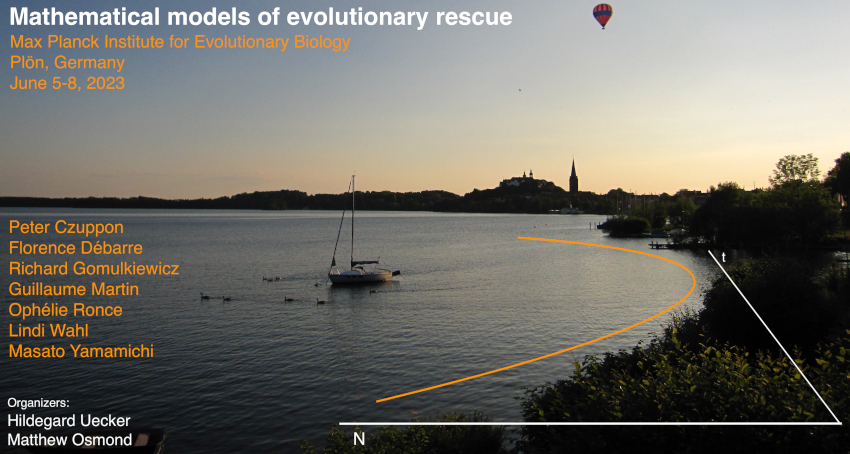Speaker
Description
Most populations are heterogeneous, containing individuals in different stages that have different tolerances to environmental changes and different contributions to the evolutionary and demographic future of the population. Several theoretical studies have examined how this heterogeneity makes the probability of evolutionary rescue dependent on the life cycle in structured populations. These studies revealed in particular a fundamental trade-off between the speed of evolution and the demographic robustness affecting evolutionary rescue in populations
with a slow or fast pace of life. In this presentation, I will focus on a different perspective on evolutionary rescue in structured
populations, not contrasting evolutionary rescue in populations with different initial life histories, but contrasting the effect of
evolution of different life history traits for evolutionary rescue in a
population with a given life cycle. I will first ask how the process of adaptation to a changing environment itself modifies the distribution of life histories in a population and how these changes in the life cycle feedback on the dynamics of evolutionary rescue. I will then revisit the concept of critical genetic variance allowing evolutionary rescue when
considering the joint evolution of several life history traits in a
structured population.

